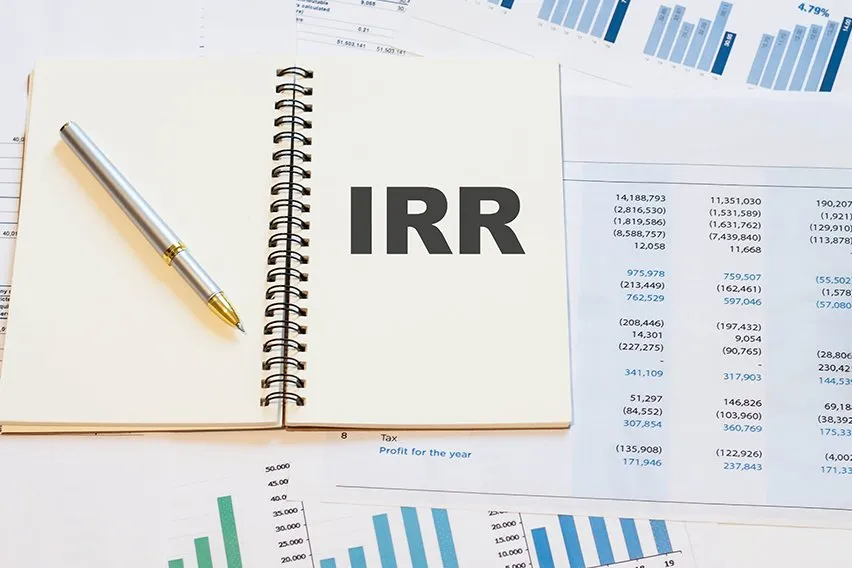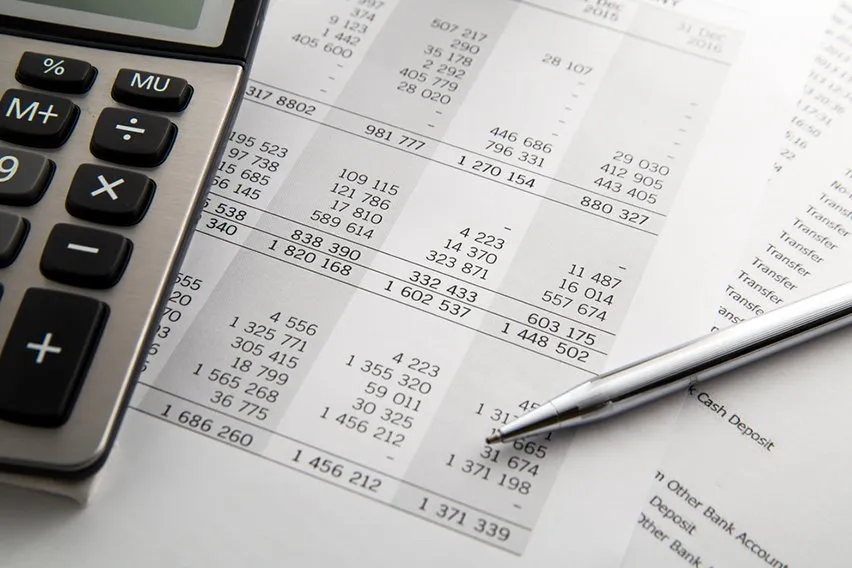General Journal: Definition, Examples & Format

A general journal is a chronological record of a company’s financial transactions. These are usually maintained by an accountant. General ledgers are used for many purposes. These include reconciling accounts and helping to produce financial statements. They can also be used in the event of litigation or bankruptcy proceedings to provide evidence.
The records in the general ledger may contain information about cash receipts and payments. They can also contain inventory balances, purchases and sales. They can even contain investments made on behalf of the business, debts owed to or by the company, liabilities incurred and passive income received.
This article will discuss general journals in detail. You’ll learn what a general journal is for, how to complete an entry in a general journal, and more.
Here’s What We’ll Cover:
How Do You Write a General Journal Entry?
What are the 3 Golden Rules to Remember When Using Your General Journal?
What Are Examples of Basic Journal Entries?
What Is a General Journal?
A general journal is a chronological accounting record of a company’s financial transactions. The main purpose of this is to assist in the reconciliation of accounts and to assist with producing financial statements. General journals are also known as an “individual journal” or “book of original entry.” These records may contain information about cash receipts and payments. They can also contain inventory balances, purchases and sales.
General journals are used for many purposes. These include:
- Tracking assets and liabilities
- Allocating and assigning costs and expenses
- Releasing entries for the general ledger accounts
- Tracking revenues and expenses
- Reconciling accounts
- Producing financial statements
The information contained in general journals can be used to help compile financial statements. These include things like income statements, balance sheets, cash flow statements and more.

Are General Journals the Same as General Ledgers?
No. A general ledger is a collection of accounts and other items that can be used to track specific kinds and sources of income and expenditures. These generally contain the same types of information as a general journal does. However, they may not necessarily include all of the same kinds of information. General ledgers are often organized into smaller groups or “sub ledgers.” These are dedicated to specific types of income and expenditures. For example, one sub ledger may contain information about the company’s sales. Another could be used for general purchases like office supplies or hardware.
How Do You Write a General Journal Entry?
A general journal entry is a record of financial transactions. These entries are made in the order that the transactions occurred. General journals typically contain information about things like cash receipts and payments. In addition, they can also contain inventory balances, purchases and sales.
To complete an entry in a general journal, one would write a journal entry as usual. These entries will usually contain two accounts. One represents the income side and one represents the expenditures side. One would debit one account and credit another.
Suppose Joe Shmoe, a store owner in San Francisco, believes that his business has been the victim of theft. He decides to investigate by writing down details about certain transactions in a general journal. On May 20th, he bought $100 worth of inventory from General Store Co. Suppose, on May 25th, he noticed that $200 worth of inventory was gone. On May 31st, the store’s bank statement came in and Joe noticed that his account had a $300 withdrawal that he did not make. To investigate this further, Joe would write out the following entries in his general journal:
Debit Side Account
5/20/14 [Inventory] [$100.00]
Credit Side Account
5/31/14 [Bank of America] [$300.00]
What Is a T Account?
A typical T Account looks like the letter T. It is used to record beginning balances, additions and deductions. The top of the page shows what has been added to the account. The bottom of the page shows what has been removed from it.
T accounts are used a lot in accounting. They can be used to show balance sheets and cash flow statements. In addition, they may also be used to show transactions that have been recorded in a general journal or some other type of specialized book of accounts.
What are the 3 Golden Rules to Remember When Using Your General Journal?
General journals have three golden rules. These are:
- Each journal entry must have two separate and distinct sides.
This is so the exact amounts on one side of a journal entry can be determined by subtracting the other side. You must always debit the receiver and credit the giver.
- Every journal entry must have a date associated with it, so that financial statements can always be produced in chronological order.
Chronological order is very important. If financial statements are not put together in the correct order, then the information that they contain would be incorrect. Ensuring that you record dates properly will help keep your journal organized and accurate.
- Debit all expenses and losses and credit all incomes and gains.
This is an important part of double-entry accounting. This rule may seem obvious. It is very easy to make mistakes when using journals! If you do end up making an error, you can easily find it by adding both sides of your journal entry together. If they do not equal the same number, you know that something has gone wrong.
In Short: General journals are useful for many purposes. These include helping to track sales, purchases, inventory, expenses and more. A general journal is just one of the several types of books that can be used to store information in a general ledger. General journals are very similar to ledgers because they contain many entries which contain two accounts, with each account having its own debit and credit side.

What Are Examples of Basic Journal Entries?
General journal entries contain many different kinds of information. For example, an entry might be used to record a cash payment for rent. In this case, it may look like:
Debit Side Account: Cash at Bank [$500]
Credit Side Account: Rent Expense [$500]
Another kind of journal entry is a daily cash receipt for money that was collected. This would look like:
Debit Side Account: Cash at Bank [$200]
Credit Side Account: Sales Revenue [$200]
Key Takeaways
General journals are useful for many purposes. These include helping to track sales, purchases, inventory, expenses and more. A general journal is just one of the several types of books that can be used to store information.
General journals are very similar to ledgers. They contain entries that contain two accounts. Each account has its own debit and credit side. General journals are useful for tracking things like cash at the bank, daily cash receipts, expenses and more.
This article discussed a variety of topics related to general journals. You learned what general journals are, how to complete an entry, what they’re used for and more. Hopefully this article clears up any questions you have regarding general journals.
If you’re looking for more information like this, head over to our resource hub! We have plenty of articles just like this, ready for you to read.
RELATED ARTICLES

 What Is Leverage Ratio & How to Calculate It?
What Is Leverage Ratio & How to Calculate It? Internal Rate of Return (IRR): Definition & Formula Guide
Internal Rate of Return (IRR): Definition & Formula Guide What Is an Outstanding Deposit?
What Is an Outstanding Deposit? Production Volume Variance: Definition, Formula & Example
Production Volume Variance: Definition, Formula & Example What Is Off-Balance Sheet Financing? Definition & Example
What Is Off-Balance Sheet Financing? Definition & Example What Are Retained Earnings? Definition, Examples & Calculation
What Are Retained Earnings? Definition, Examples & Calculation